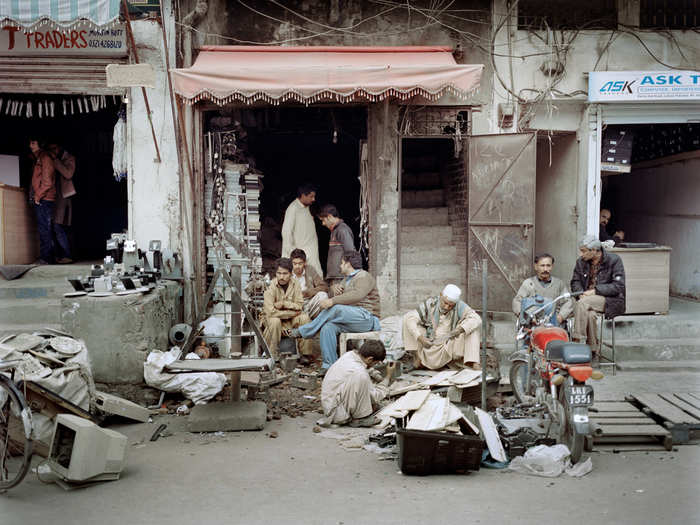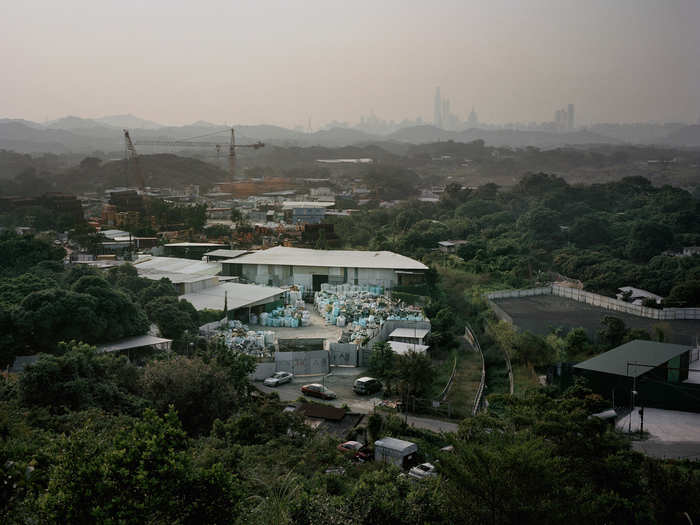Disturbing photos of the toxic third-world graveyards where your old gadgets go to die
Every few months, consumers hit the streets with the latest, fastest, smartest, and slickest gadgets in their pockets. But what happens when those shiny new toys go out of style? Some end up in "e-waste" dumps like this one, in Qingyuan, China.
Popular Right Now
Popular Keywords
- India’s wearables market decline
- Vivo V40 Pro vs OnePlus 12R
- Nothing Phone (2a) Plus vs OnePlus Nord 4
- Upcoming smartphones launching in August
- Nothing Phone (2a) review
- Current Location in Google
- Hide Whatsapp Messages
- Phone is hacked or not
- Whatsapp Deleted Messages
- Download photos from Whatsapp
- Instagram Messages
- How to lock facebook profile
- Android 14
- Unfollowed on Instagram
Advertisement

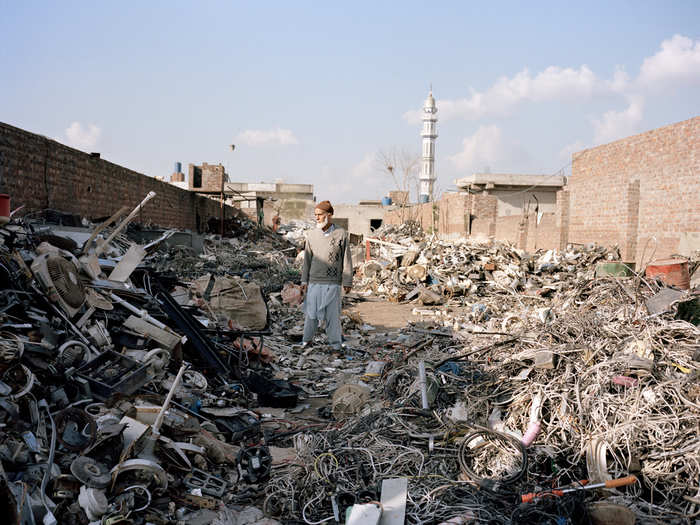
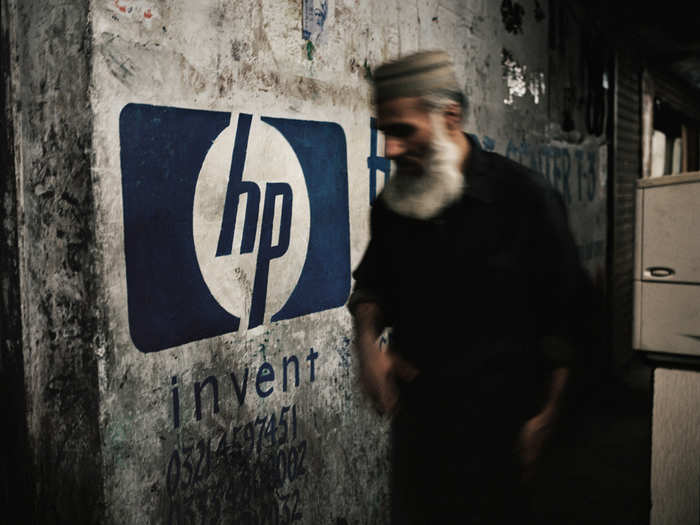
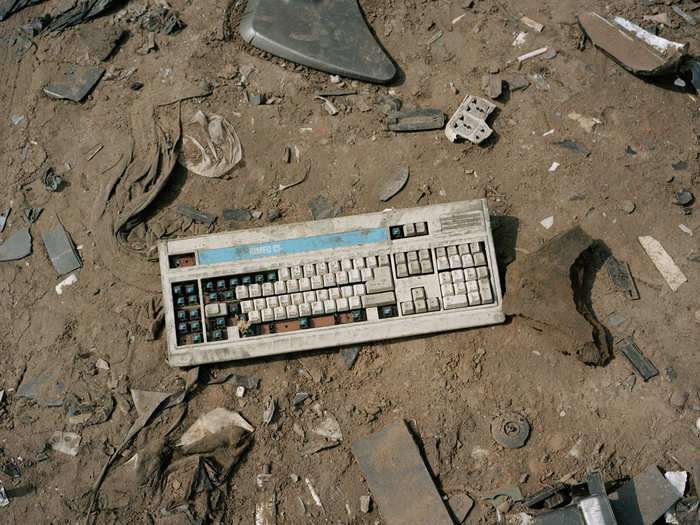
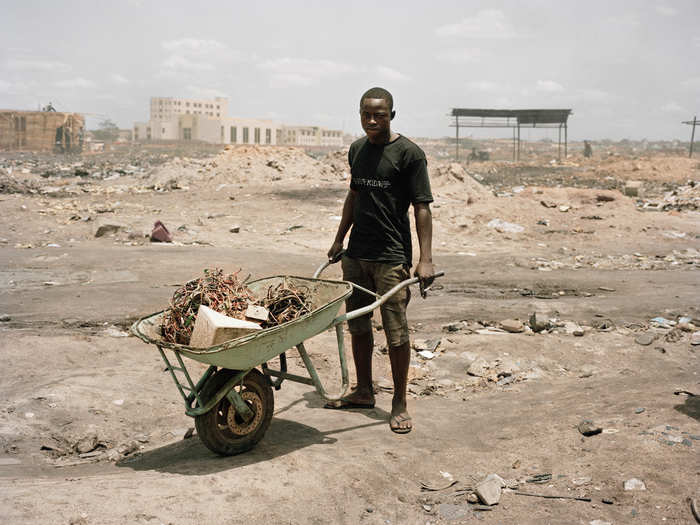
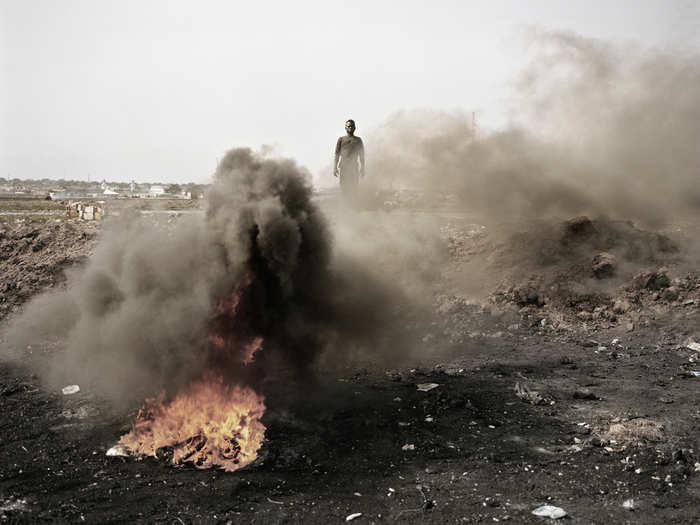
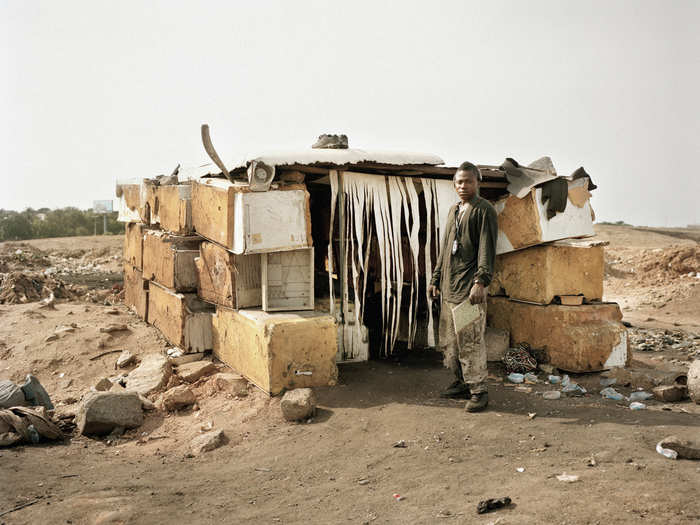
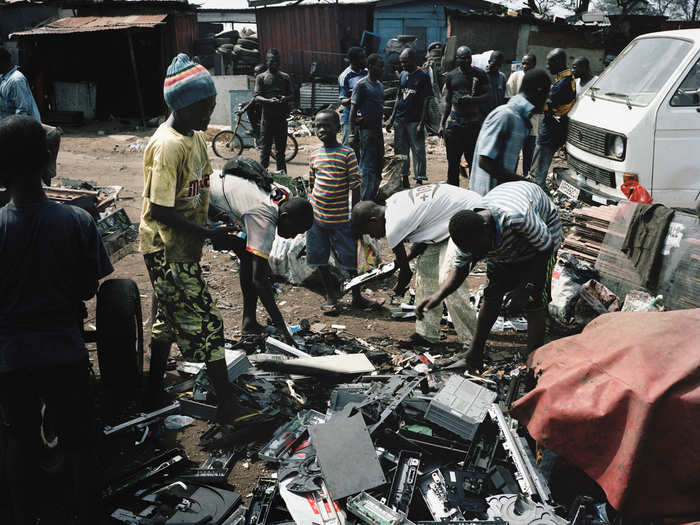
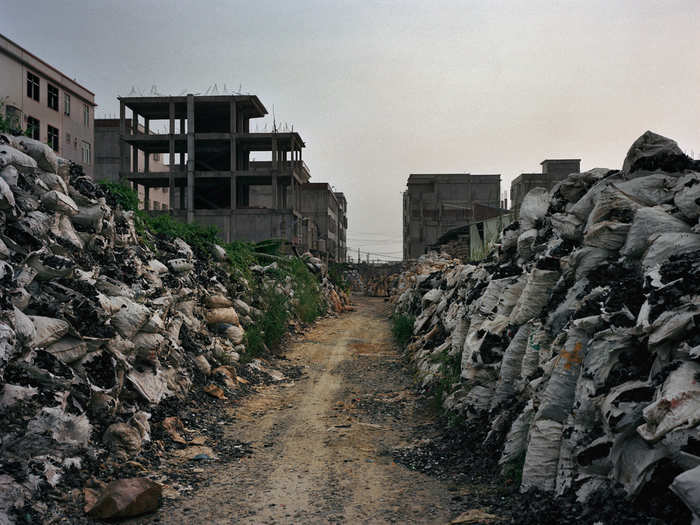
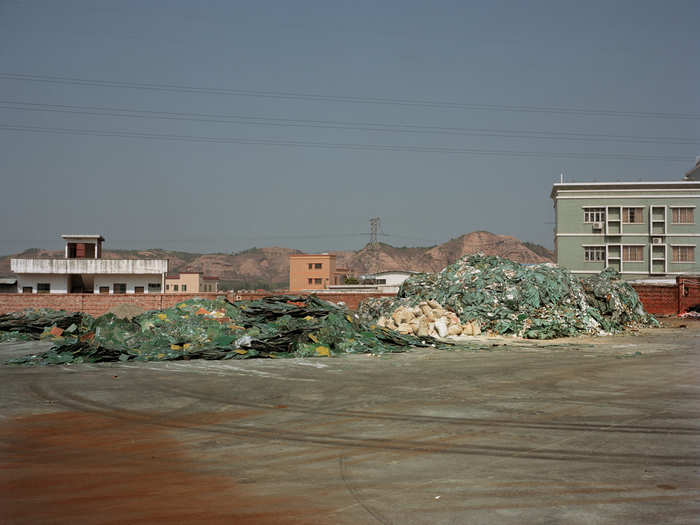

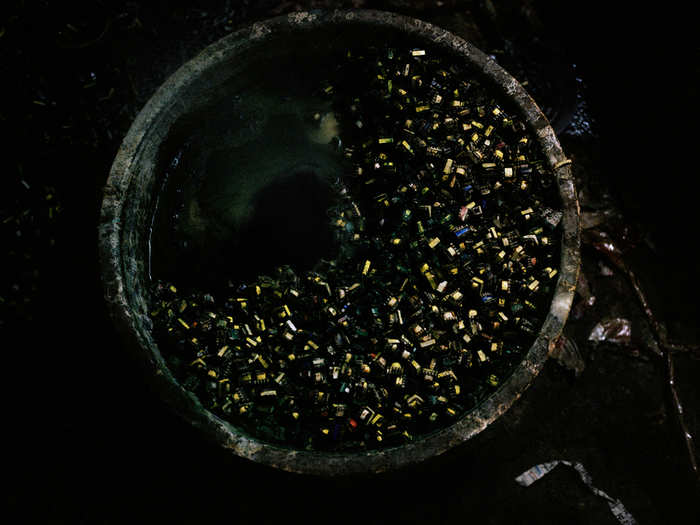

![“[They] are guilty from the moment they design their products to last less and less, for obvious commercial reasons,” Bellini says ...](https://staticbiassets.in/thumb/msid-47240306,width-700,height-525,imgsize-1061198/they-are-guilty-from-the-moment-they-design-their-products-to-last-less-and-less-for-obvious-commercial-reasons-bellini-says-.jpg)
![They are guilty because they use materials and highly toxic substances in their products, despite [the fact that] today’s technology allows for substitution with less hazardous or even harmless materials.](https://staticbiassets.in/thumb/msid-47240307,width-700,height-525,imgsize-970191/they-are-guilty-because-they-use-materials-and-highly-toxic-substances-in-their-products-despite-the-fact-that-todays-technology-allows-for-substitution-with-less-hazardous-or-even-harmless-materials-.jpg)
